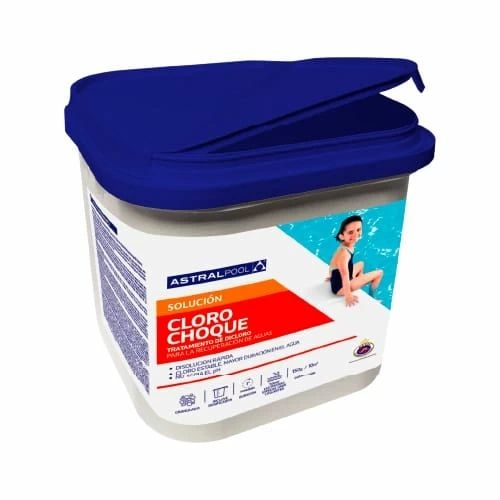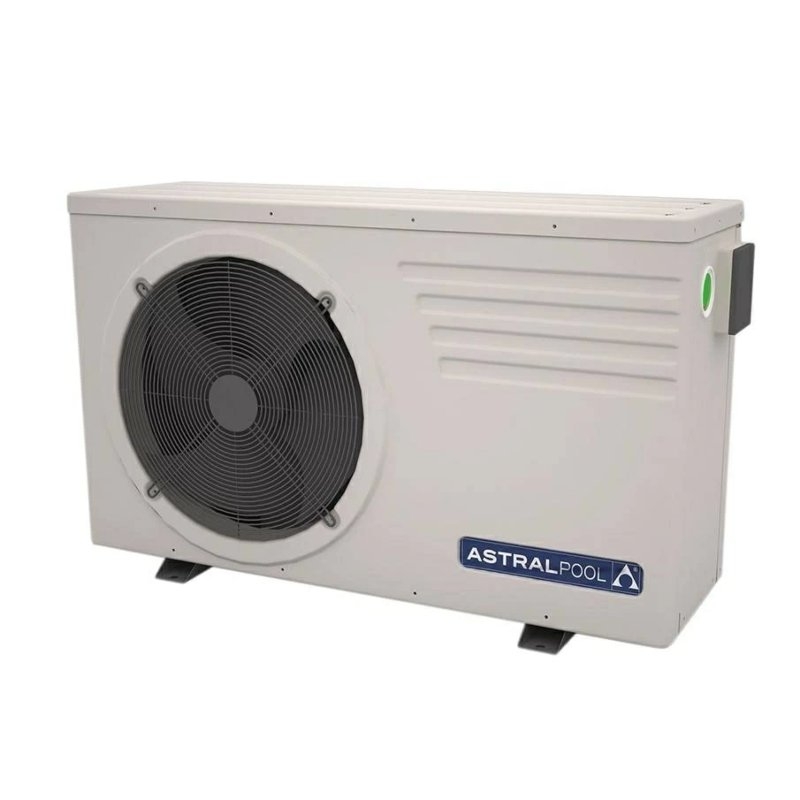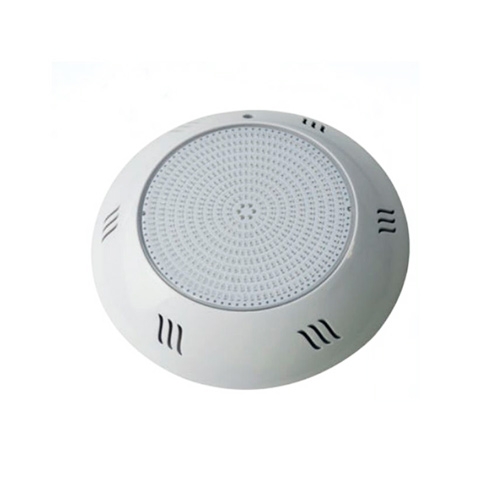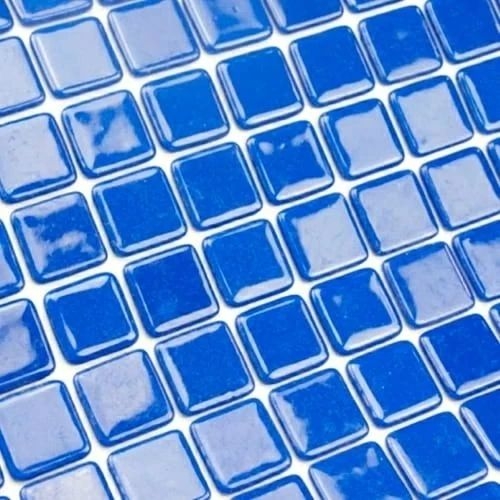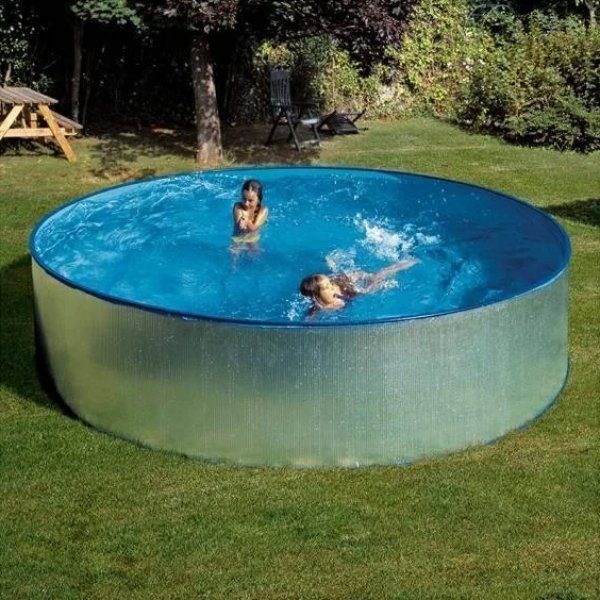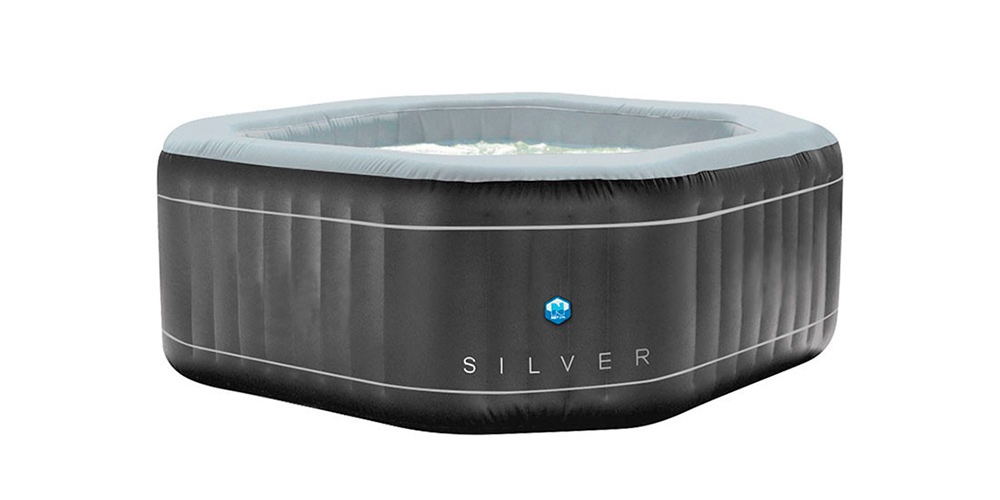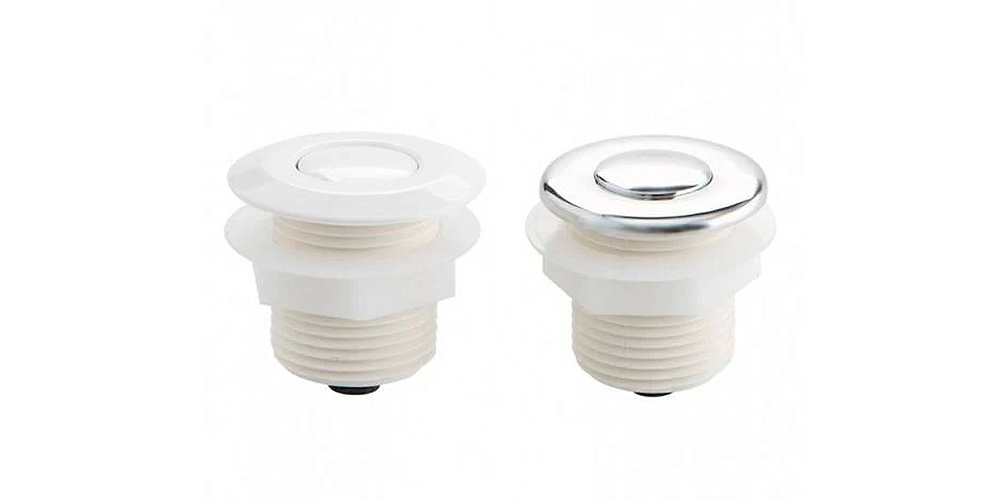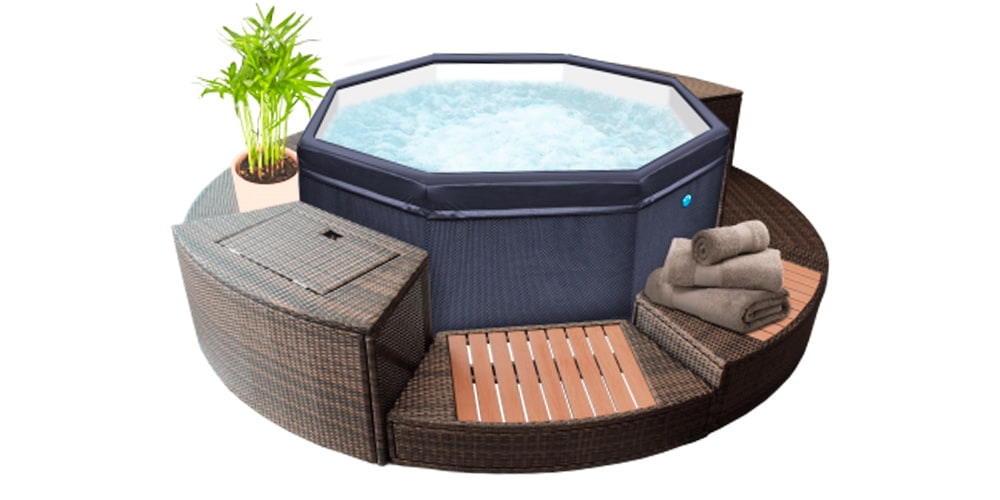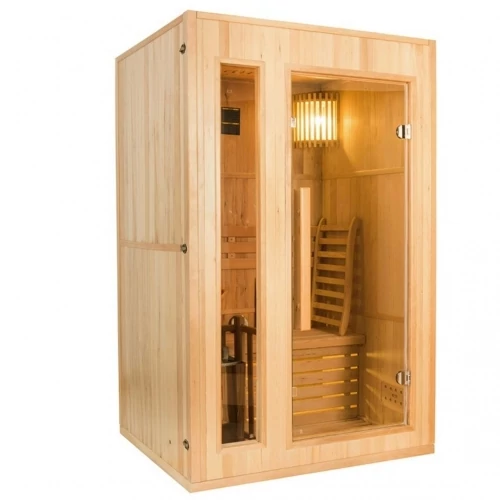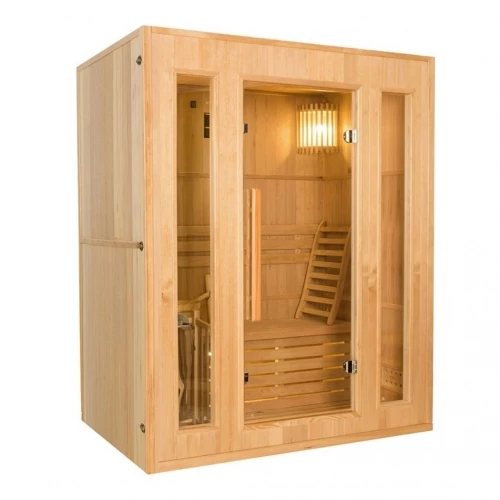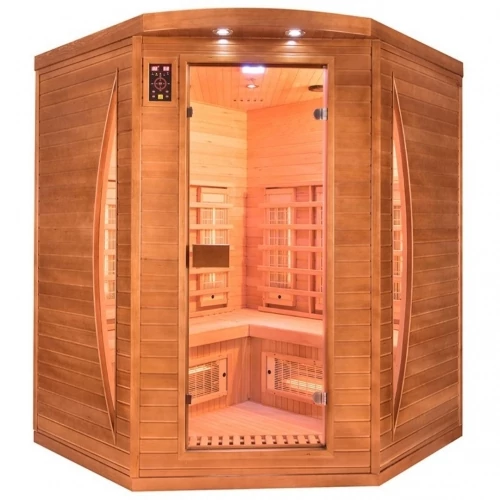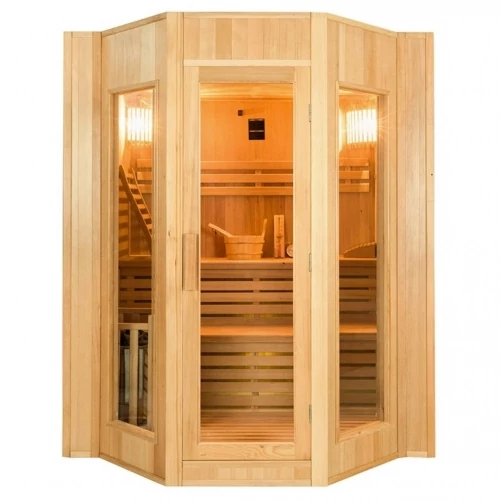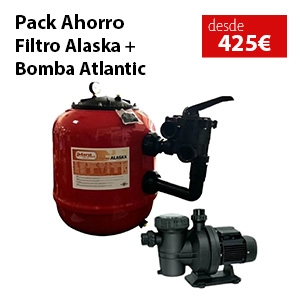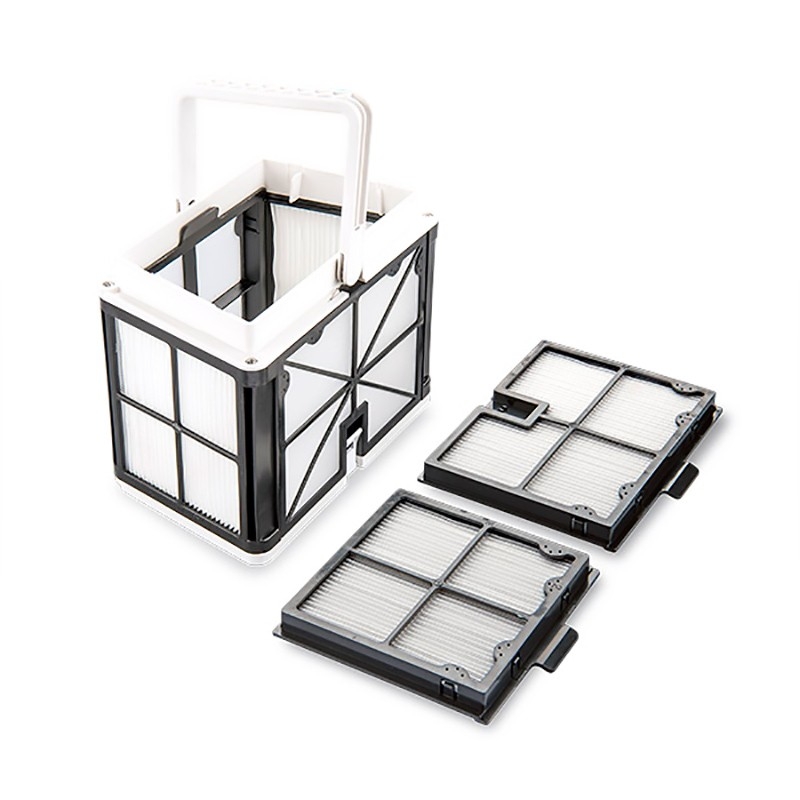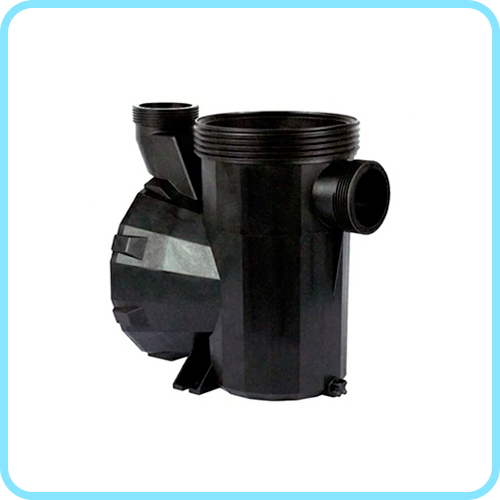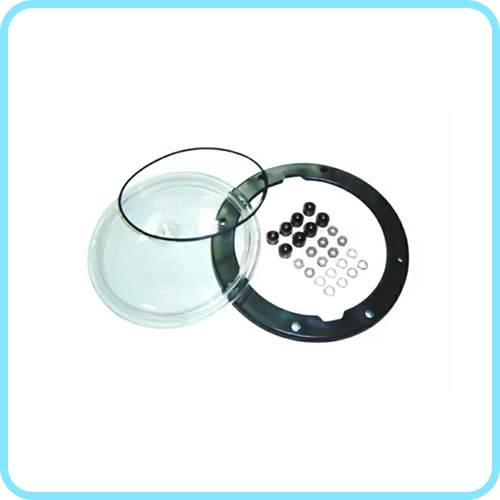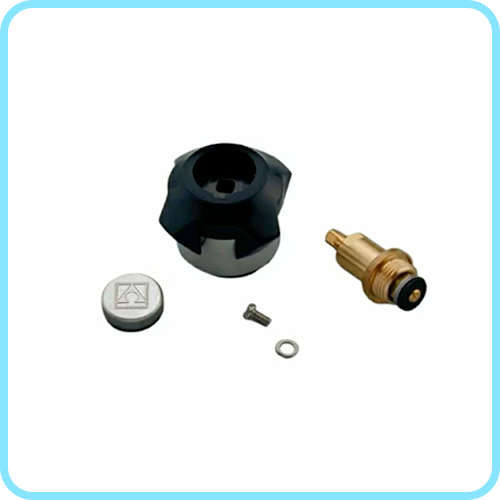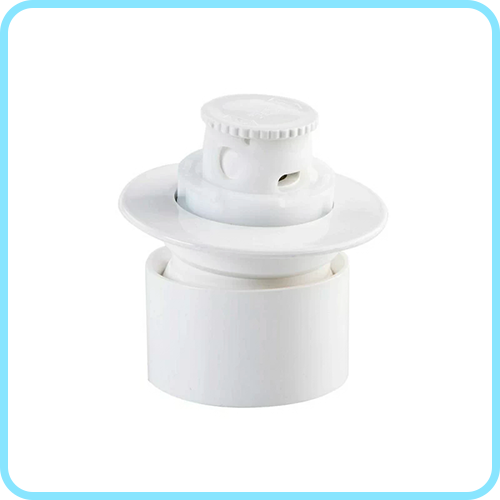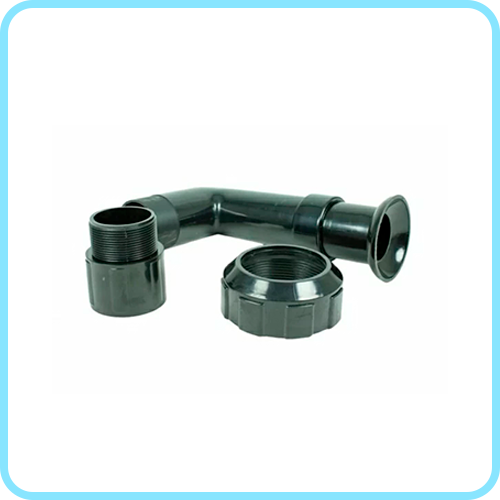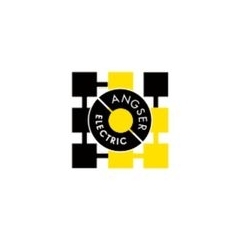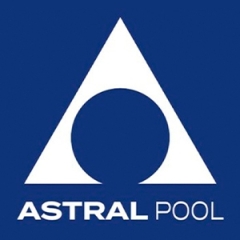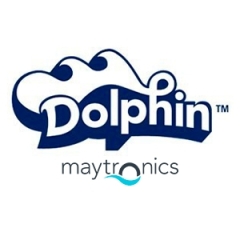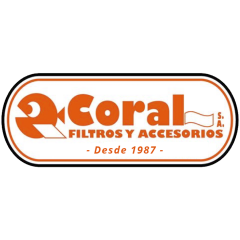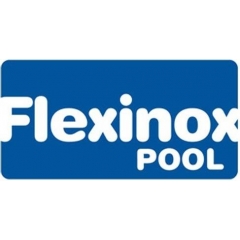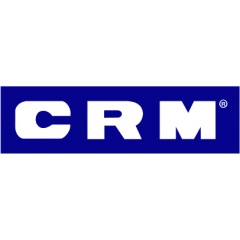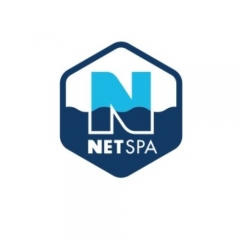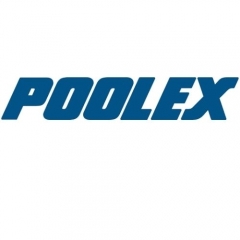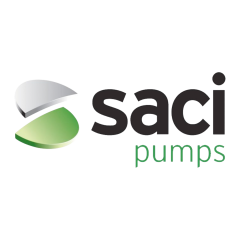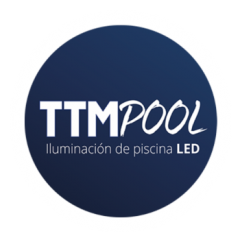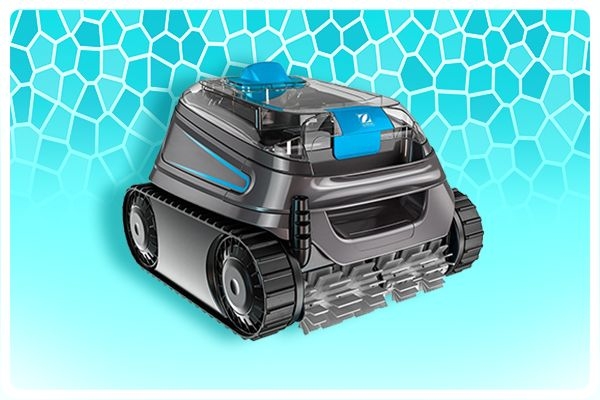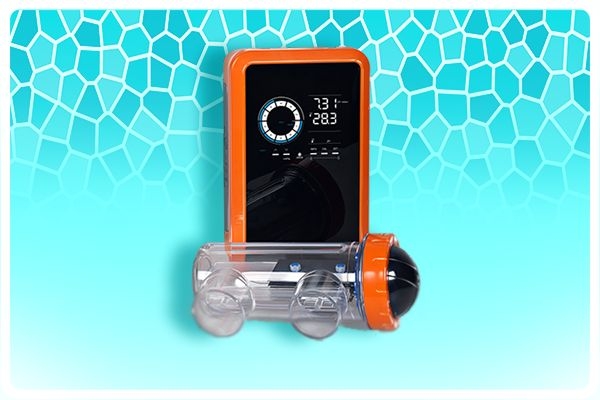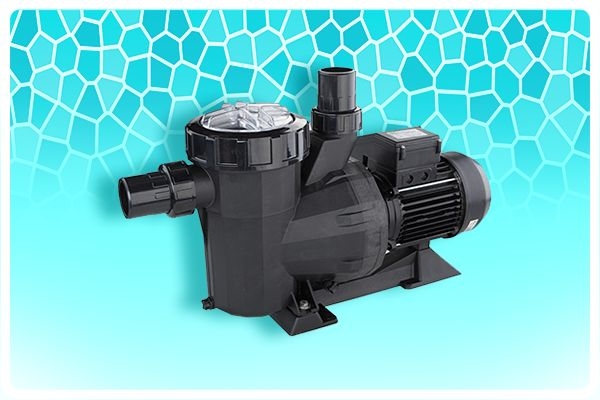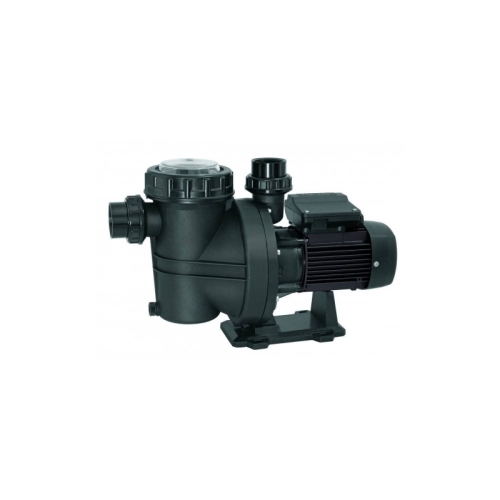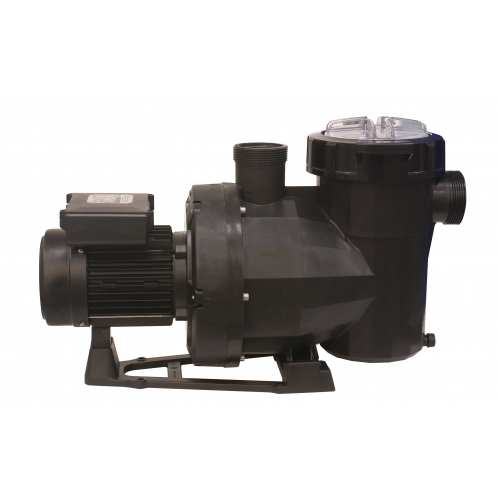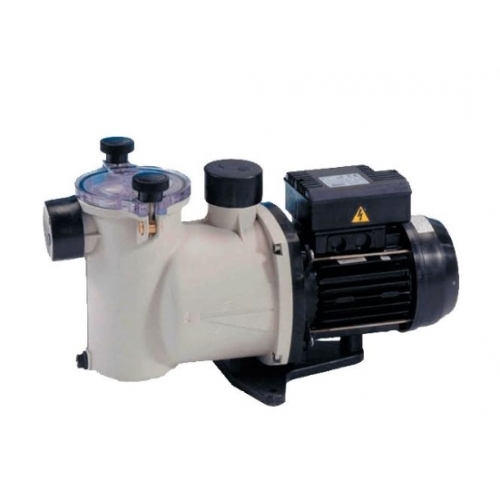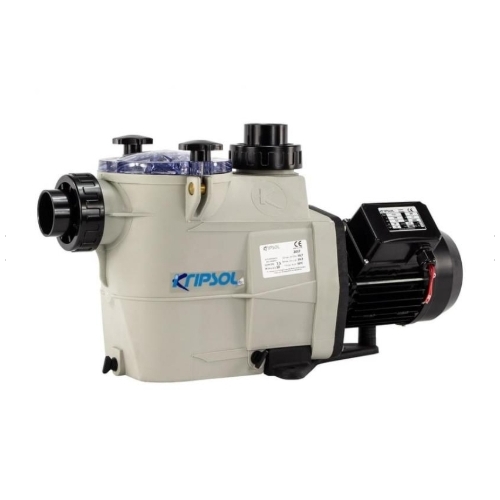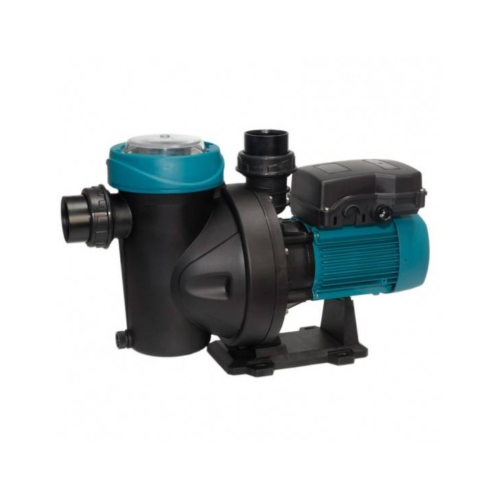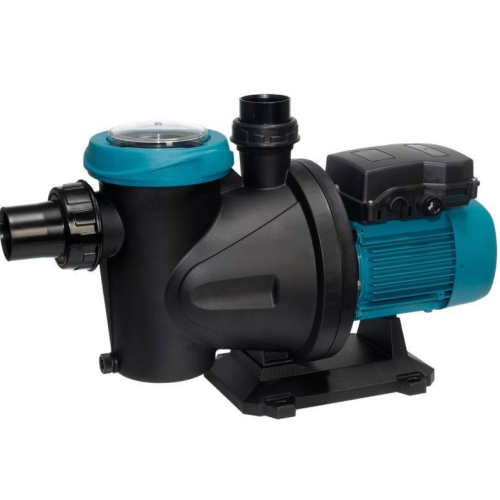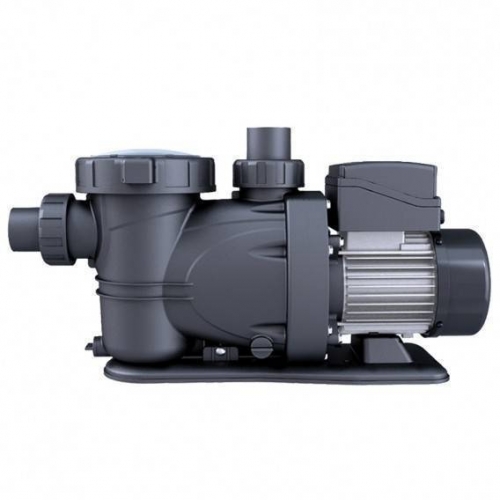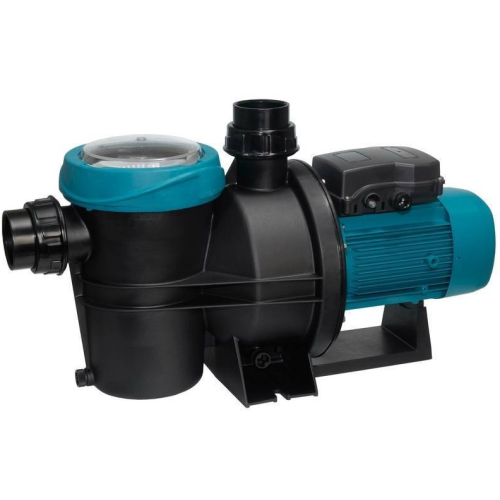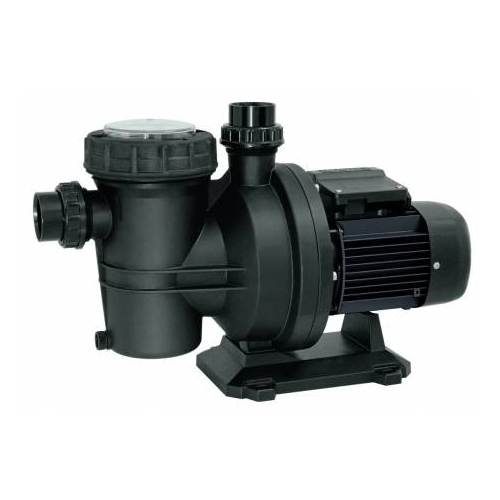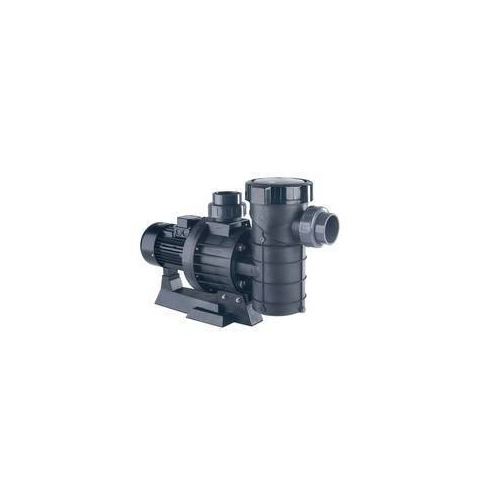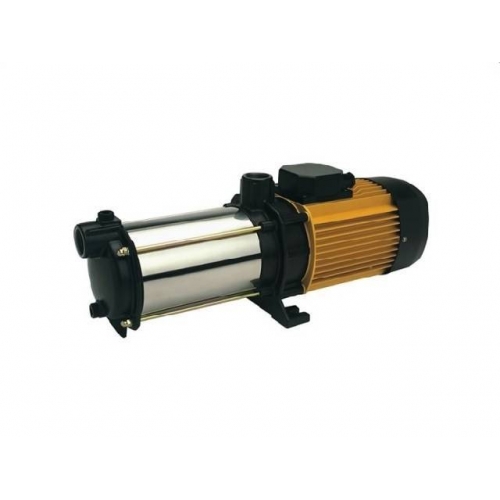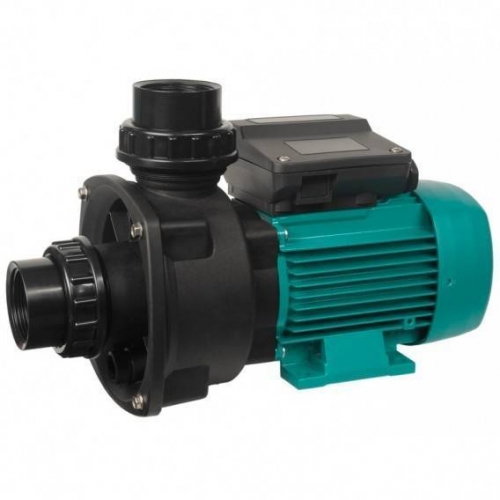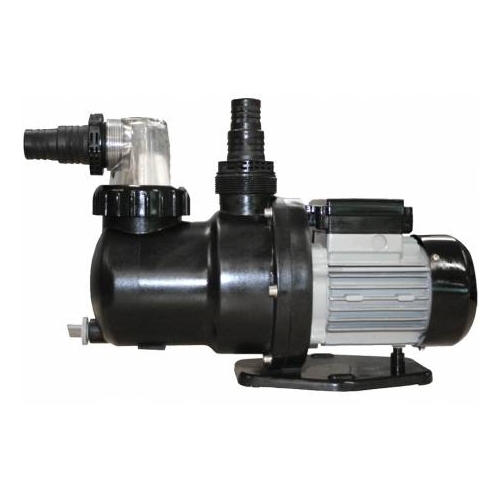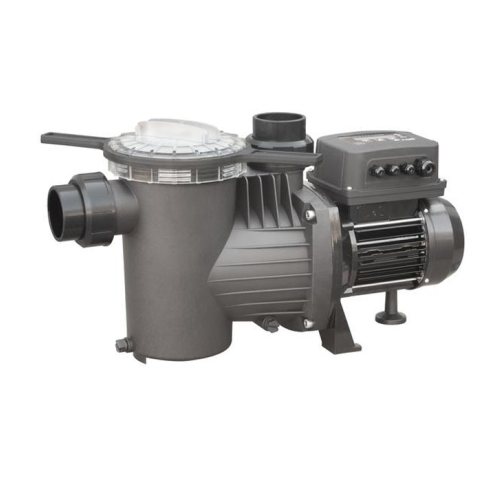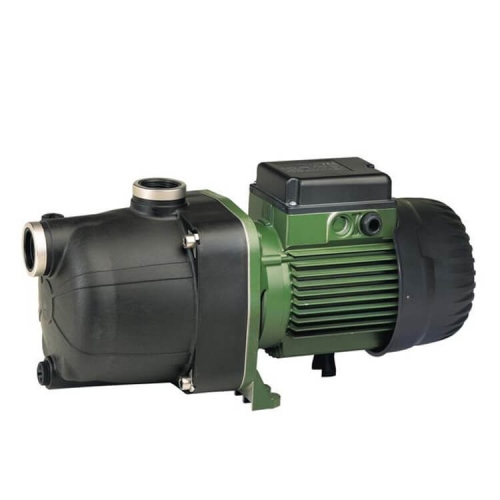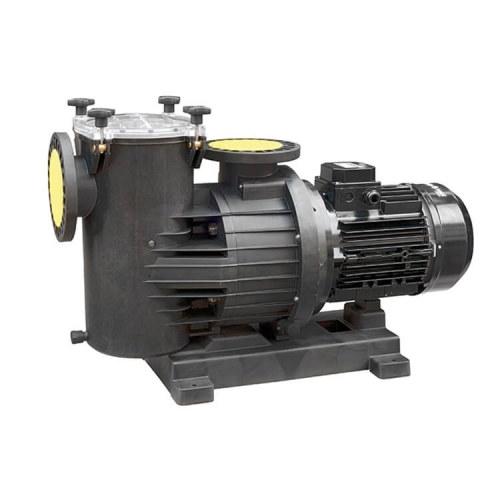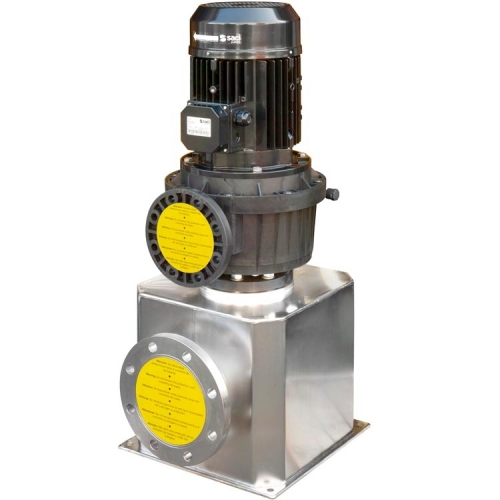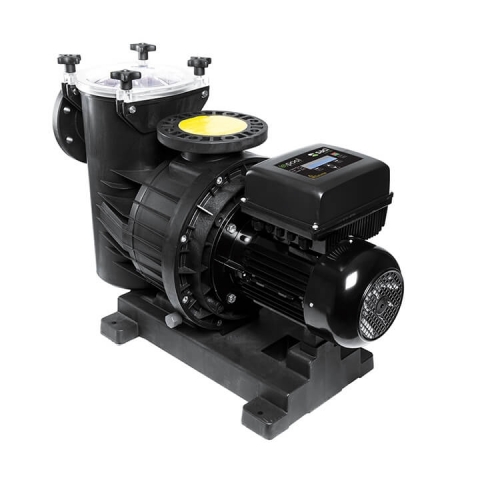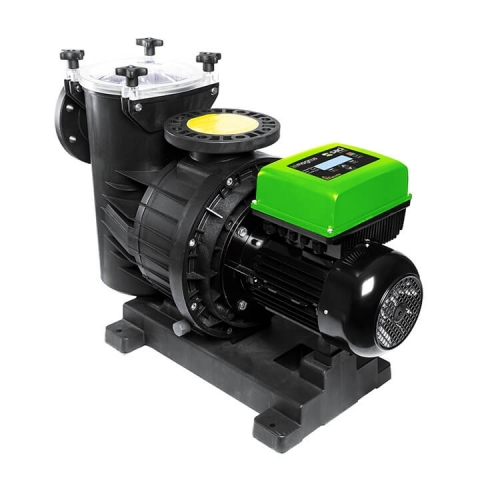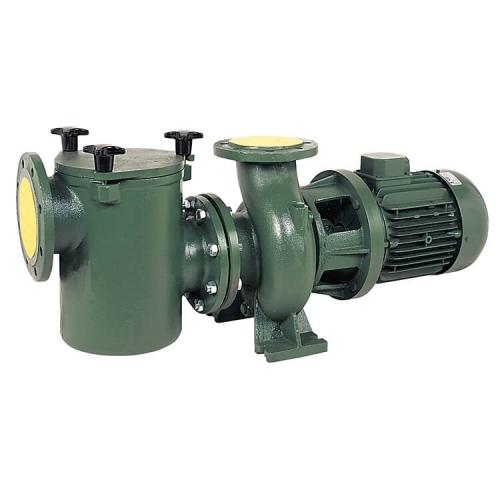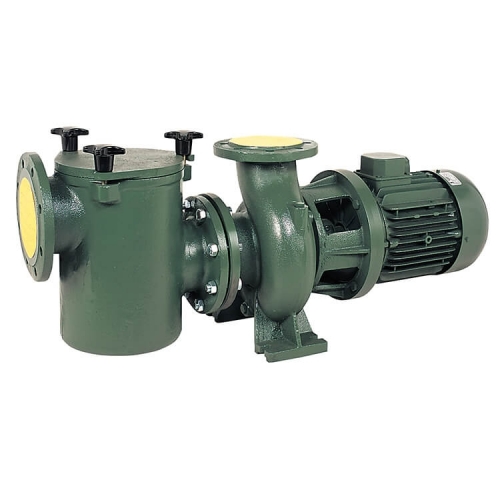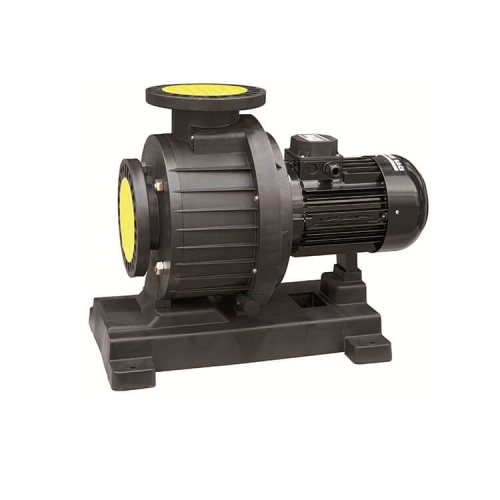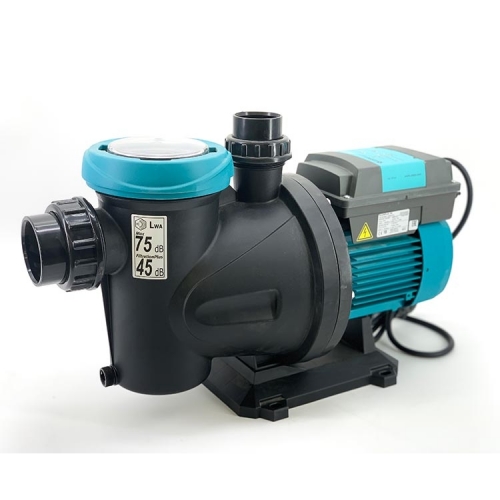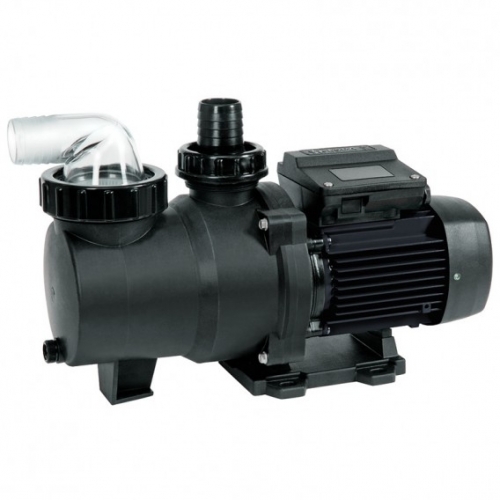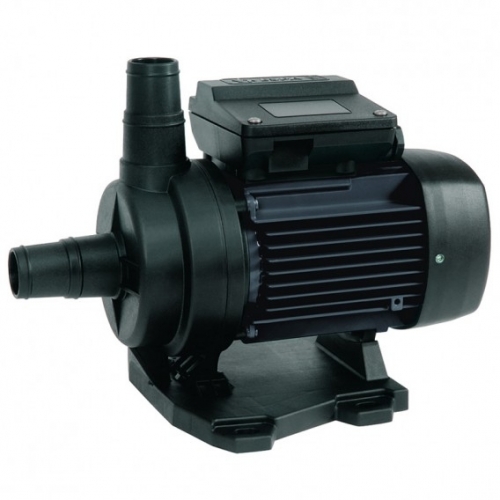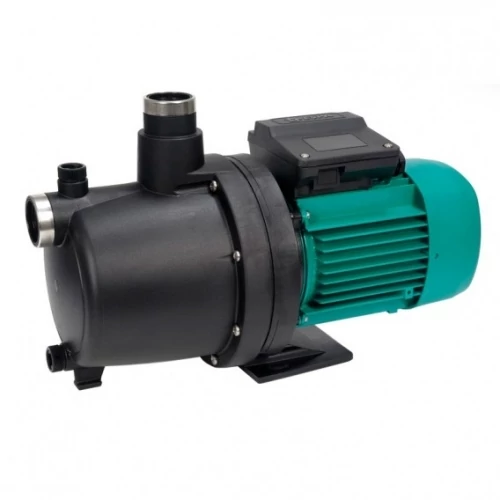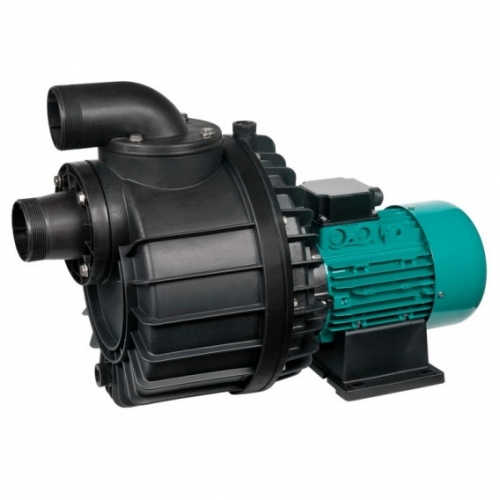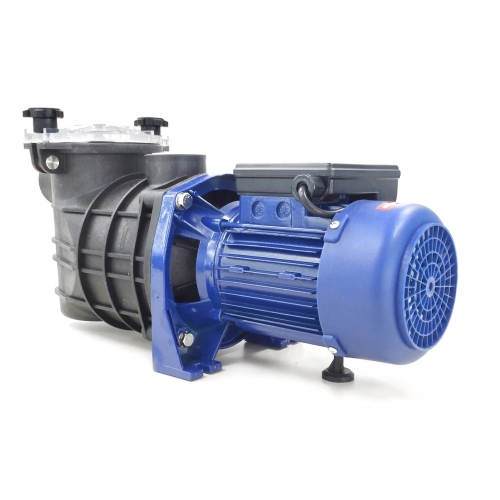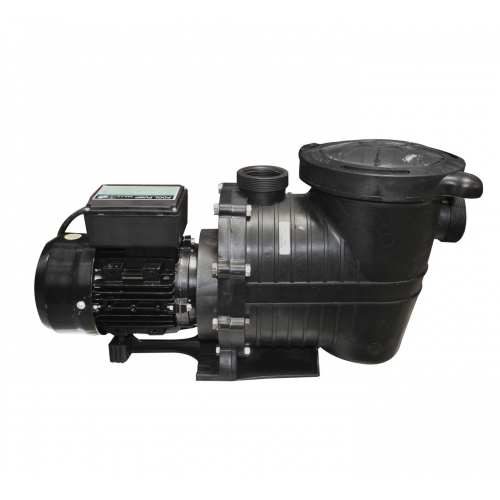Self-priming pumps
This type of pool pump is undoubtedly the most used. Self-priming pumps are perfect for both private pools and public pools. Its power is greater than a conventional pump.
How do self-priming pumps work?
We explain it to you in a very simple way from Poolplus Group. This type of pump combines part water and part air to carry out the water pumping process.
More technically it would be: during operation the air enters the pump and mixes. With the water it transports, through centrifugal action they are propelled towards the water tank where, for reasons of physics, the air tends to go upwards and the water downwards. Once the air is gone, a vacuum is created in the suction section where, by force of natural pressure, the water rises towards the impeller and pumping occurs.
We recommend the pump Victoria Plus Astralpool purifier with low noise level operation due to the rubber supports on which it rests.
Find your self-priming pump in this section with fantastic quality options at an exceptional price .
Self-priming pumps are a type of centrifugal pump that uses kinetic energy to draw fluid through a suction line and then propel it through a discharge line. These pumps do not require a prepressure to operate and are suitable for applications pumping water or similar liquids containing air or vapor. They are commonly used in irrigation systems, drainage systems, and in the chemical and oil industries.
Why use self-priming pumps
There are several reasons to use self-priming pumps:
- Easy installation: They do not require prior pressure to operate, which makes them easy to install in pumping systems.
- Versatility: They are suitable for pumping applications of water or similar liquids containing air or vapor.
- Suction lift: They can pump liquids from relatively large suction lifts, making them suitable for applications where suction lift is an important factor.
- Easy maintenance: They do not require prior pressure to operate, which makes them easier to maintain.
- Efficiency: They are very efficient because they use kinetic energy to suck the fluid.
- Cost: They are an economical option for pumping applications where pre-pressure is not required.
Don't forget to take a look at the following categories of heat pumps:



